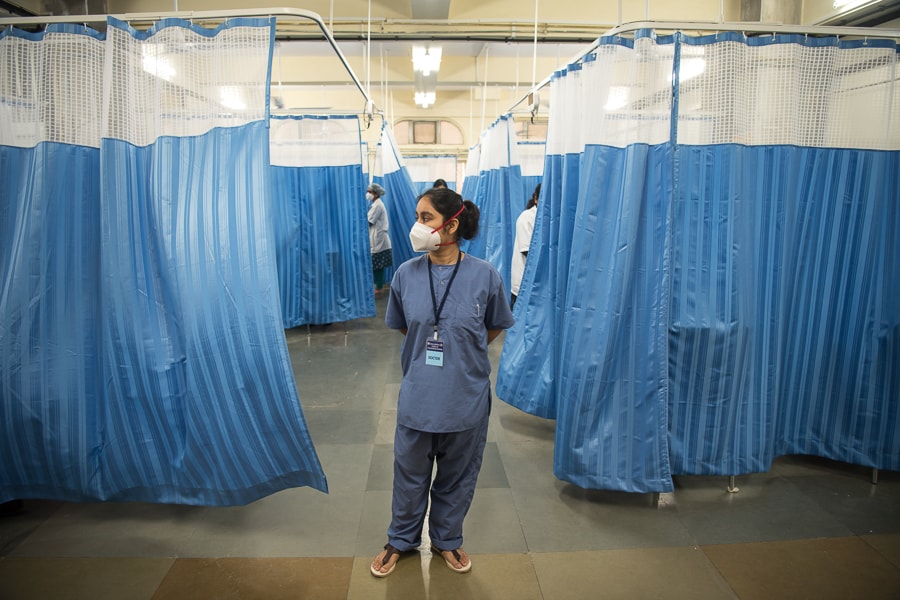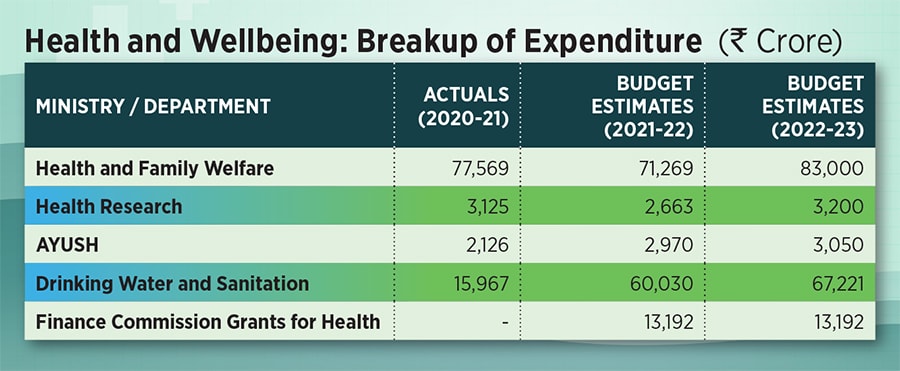
Budget 2022: A few hits, but mostly misses for healthcare
While National Tele Mental Health Programme is a step in the right direction, Covid-19 vaccinations and relief, supporting the workforce, and strengthening primary health care are missing, say experts
 Ideal spending on health care should be at least 2.5-3 percent of the Gross Domestic Product (GDP)
Ideal spending on health care should be at least 2.5-3 percent of the Gross Domestic Product (GDP)
Image: Shutterstock
In her Budget speech on February 1, Minister of Finance Nirmala Sitharaman announced that India will build an open platform for the national health ecosystem, which will contain digital registries of health providers and facilities, unique health identities, consent framework and unique access to health facilities.
Another notable announcement was the National Tele Mental Health Programme, which includes building a network of 23 tele-centres for mental health counselling and care, with the National Institute of Mental Health and Neurosciences (Nimhans) in Bengaluru being the nodal centre, and the International Institute of Information Technology-Bangalore (IIITB) providing technology support.
That apart, the Budget speech did not announce any specific provisions for the health care sector, for which experts have been stating, for many years now and particularly in the wake of the Covid-19 pandemic, the ideal spending on health care should be at least 2.5-3 percent of the Gross Domestic Product (GDP).
“Usually, Budget figures are announced in the Speech. This time, they departed from this tradition. The actual allocation to the health ministry has gone up only marginally,” says K Srinath Reddy, president, Public Health Foundation of India (PHFI). The Budget Estimates last year for the Ministry of Health and Family Welfare (MoHFW) stood at Rs 71,269 crore, which were revised to Rs 82,921 crore. The Budget Estimates for the MoHFW this year are Rs 83,000 crore. This is only for the Union health ministry and does not include other allocations towards Ayush, health research, and so on.









